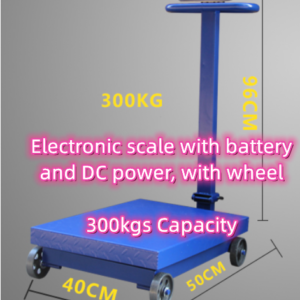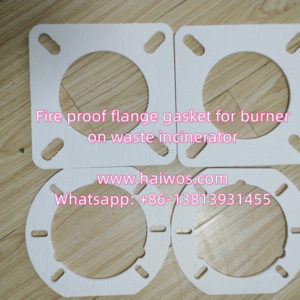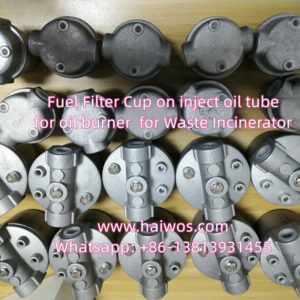Description
Safety Helmet
Medical waste incinerators have long been a subject of controversy in the United States and around the world due to their potential to emit toxic substances and harm both public health and the environment. Several key points underpin this controversy:
1. Emissions and Air Quality Concerns
Incinerators that burn medical waste can release a range of pollutants—including dioxins, furans, mercury, and other heavy metals—into the atmosphere. These compounds are known for their persistence in the environment and their ability to bioaccumulate in the food chain. In particular, dioxins, which are classified as a Group 1 carcinogen by the World Health Organization, have raised significant public health concerns. As a result, communities near incineration facilities have often protested against perceived risks of respiratory issues, hormonal disruptions, and even long-term cancer risks.
HICLOVER is growing brand for environmental protection field, and market share with most of Africa, Middle East, Southeast Asia countries and part of North America, Europe territory. We are trusted partner for governmental organizations, non-profit organizations, international contractors, logistics organizations, military, pet cremation business owners, etc. We have export experience more than 40 countries, including war zone like Iraq, Afghanistan, Somalia, South Sudan. Mobile: +86-13813931455(WhatsApp) Website: www.hiclover.com Email: sales@hiclover.com Email: hicloversales@gmail.com
2. Regulatory Pressures and Declining Numbers
Historically, medical waste incinerators were once widespread in the U.S. However, increasing environmental awareness, stringent regulations under the Clean Air Act, and the availability of alternative treatment technologies (such as autoclaving, microwave treatment, and chemical disinfection) have led to a dramatic reduction in their numbers. For instance, while there were over 6,000 units in the late 1980s, recent reports indicate that only a few dozen remain in operation. This decline reflects both regulatory and community pressure to move away from incineration as a disposal method.
3. Economic and Operational Challenges
Maintaining and operating an incinerator that meets modern emission standards can be costly. The financial burden of installing advanced pollution control devices, coupled with the energy requirements to sustain high combustion temperatures, has driven many facilities to adopt non-incineration technologies. In many cases, communities and regulatory bodies argue that the costs and risks associated with incineration outweigh the benefits, particularly when safer and more cost-effective alternatives exist.
4. Public Perception and Community Opposition
Public controversy often intensifies when residents learn that incinerators can be significant sources of toxic air pollutants. For example, communities situated near such facilities have historically organized protests and legal challenges, demanding tighter emission controls or the closure of local incinerators. These community concerns are supported by scientific studies that document the potential for adverse health outcomes, ranging from acute respiratory issues to chronic diseases linked to long-term exposure to pollutants.
5. Ongoing Debate over Best Practices
While some stakeholders continue to defend incineration—citing its effectiveness in completely destroying pathogens and reducing waste volume—others argue that alternative technologies can achieve similar sanitation goals without the environmental risks. This ongoing debate highlights the need for further research and innovation in medical waste treatment methods, aiming to strike a balance between effective waste management and minimizing ecological impact.
In summary, the controversy over medical waste incinerators centers on their potential to emit harmful pollutants, the high operational and regulatory costs involved, and the growing availability of alternative treatment technologies. These issues have driven both regulatory reforms and a significant decline in the number of incinerators in operation, reflecting a broader shift toward more sustainable and safer waste management practices.
























































































































































































































































































































































